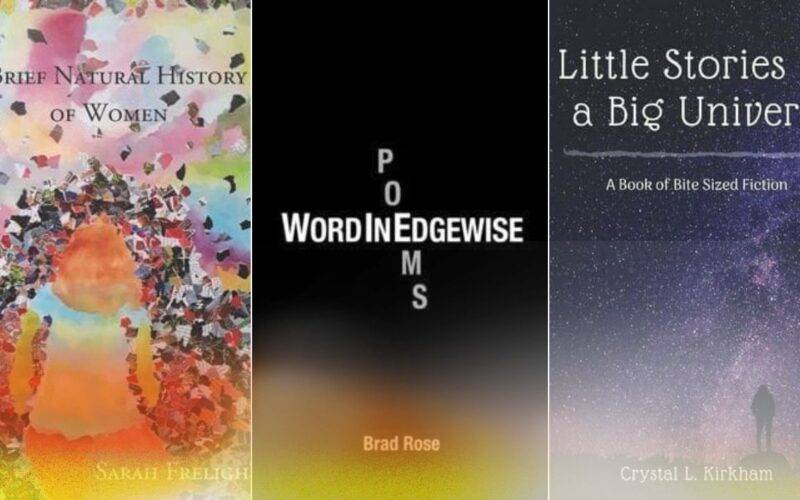Microfiction is the incredible art of telling a story in a ridiculously small amount of space. It’s like trying to fit a three-act play into a single song or packing all the suspense of a thriller into a single text message. When written well, microfiction is the bookish equal to a concentrated espresso shot: small, intense, and hits you in the right places
If you’re thinking, “How am I supposed to do this in just two sentences?” don’t worry. Microfiction is tricky, but that’s half the fun.
-
Start in the Middle of the Action
In a book, you’d build up to the good stuff. You’d make the scene, introduce the characters, hint at the tension, and slowly let everything stew over.
Start right in the middle of things—no introductions, no backstories. Just throw us into the action as if we’ve opened a book to its most intense sentence.
This puts you straight into tension without needing a whole chapter to get there? We don’t need to know who they are and what happened. We’re just here.
-
One Moment = Maximum Impact
Microfiction thrives on a tiny, concentrated moment in time. This moment doesn’t have to be grand, life-altering, or full of blast. Often, the best moments are surprisingly ordinary… just with an extraordinary turn.
There’s no “once upon a time” or “and they lived happily ever after” here—just, a quiet moment, and something that feels deeply unsettling. It’s the kind of scene you’d want to stick around to watch, even if you have no idea what’s going to happen next.
-
Leave People Wondering, Always
One of the center pros of microfiction is its ability to drop readers on the edge of a cliffhanger. With a few well-placed words, you can let readers fill in the blanks, speculate, and spin off into their own ideas about what might be happening. Microfiction’s job isn’t to give us all the answers; it’s to hand us just enough pieces of the puzzle that we’re left wanting more.
It’s vague, it’s strange, and it lingers with readers long after they’ve read it. You’re planting a seed and letting them imagine all the wild directions it could grow.
-
Use Quirky Details
Because microfiction doesn’t have space for deep character descriptions, every detail you choose needs to work hard. If you have one sentence to describe a setting or character, make it vivid and specific. In that one detail, readers are already immersed.
-
Don’t Worry About “Resolution”
Where microfiction frees readers from traditional storytelling rules. In longer stories, we’re conditioned to expect some kind of resolution. Microfiction doesn’t care about that. It’s about planting seeds of curiosity and leaving readers with open questions. That way, the story stays alive in their minds, almost as if it’s haunting them.
We don’t know, and that’s the beauty of it. It lingers.
-
Experiment with Perspectives
Media is a ground, and your microfiction should be too. You’re not just restricted to human points of view. A piece of microfiction can be told from the perspective of an object, an animal, or even something abstract. It’s unexpected and, dare we say, kind of moving?
-
Have Fun with Absurdity
Don’t be afraid to put in elements that make zero logical sense. You’re writing to give people a fun, tiny bit of imagination in their day. Embrace the absurd, and your followers will likely love you for it. It’s silly, it’s strange, and it’s exactly the kind of thing that people will double-tap just because it’s so out there.
-
Get Straight to the Point
Microfiction is no place for excess. Even if you want to paint poetic, keep in mind that less is more. Every word should push the story forward, push atmosphere, or add an extra oomph to the punchline. Get ruthless with your edits, trimming down anything that doesn’t absolutely need to be there.
-
Build a Character in One Line
Characters can feel like living, breathing people even in the span of a sentence or two. The trick is to pick one defining action or detail that speaks volumes. Maybe they have a strange habit, or maybe they do something memorable and just plain weird in your story’s brief moment.
Readers should be curious about their story without needing another word.
-
Embrace Enigma
With microfiction, sometimes it’s better to leave things just a little open-ended. This lets readers fill in the gaps with their own imagination. This can be magical in microfiction, adding layers of meaning with just a few words. We’ll never know, but it’s beautifully haunting.
These tiny stories are literally bookish snacks—quick to consume, and satisfying enough to make people pause, wonder, and maybe even give you a follow. So lean into the weird and the absurd. With microfiction, your aim is to create moments that stick with people, even if they’re just a few lines long.

